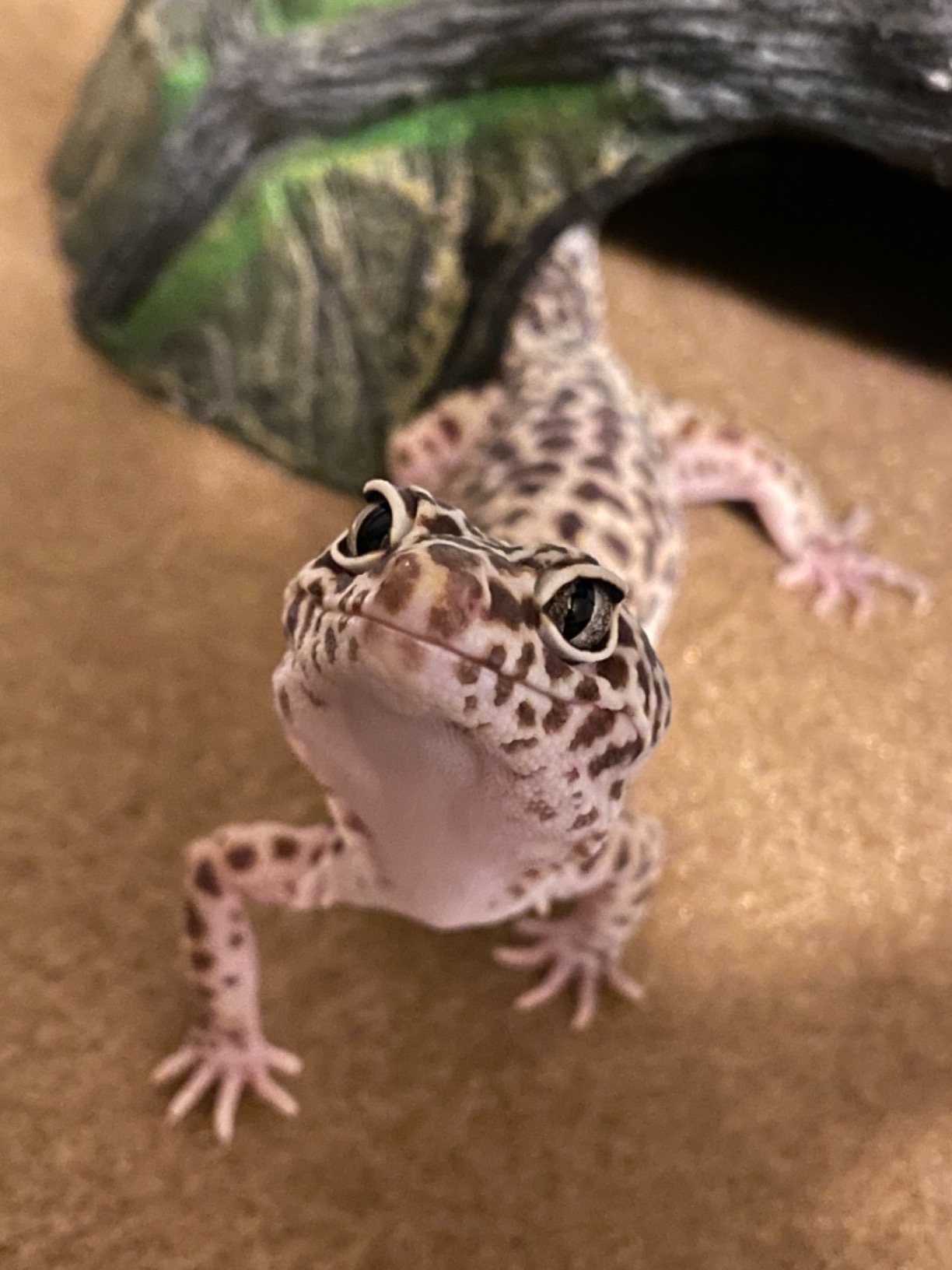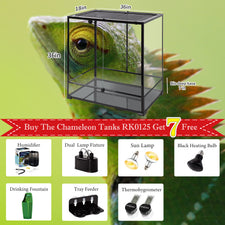The leopard gecko or common leopard gecko is an earthbound lizard, mostly found in dry, rocky grasslands and in deserts. Leopard geckos are one of the most famous lizard pets after bearded dragons. They are the first tamed species of lizards. The mesmeric characteristic that makes them appealing as a pet is their spotted leopard-like appearance, which gives them the name leopard gecko. They are very friendly and adorable both as a pet and in the wild. They are the easiest reptiles to care for as a pet, but owning a leopard gecko is a big commitment and duty because they are capable of living for 15 to 20 years in captivity or even more! You can definitely escalate the lifespan of your leopard gecko by the lifestyle provided to it. In today's article, you will find out all you need to know about leopard geckos.
How long do Leopard Geckos Live?
Leopard geckos are native to rocky dry areas or deserts. They are mostly found in the Middle East, usually in Iran, Pakistan, India, and Afghanistan. A wild leopard gecko has an average lifespan of about 6 to years. Male leopard geckos have a longer lifespan than female ones because females have to go through egg-laying and breeding, which can cause them to be prone to several health issues. Unfortunately, leopard geckos have a hard time surviving in the wild as compared to domesticated life because in the wild, they have to undergo harsh environments and weather, and they also have to escape from their predators.
What do Leopard Geckos eat?
Leopard geckos, interestingly, have a big appetite; therefore, a proper diet is necessary to keep your geckos happy and healthy. They need to be fed with an adequate amount of the right type of food (mostly insects), or else it can cause serious health consequences to them. Mealworms, crickets, waxworms, small locusts, earthworms, and hornworms are the insects recommended to feed your leopard geckos. To keep your pet gecko healthy, it is also advised to provide them with vitamin and mineral supplements, especially Vitamin D and Calcium. They cannot eat fruits and vegetables because their bodies are unable to digest them. Additionally, it is also your responsibility to manage the diet of your gecko to prevent it from eating harmful foods as well as overeating. The geckos have the ability to store food in them to cope with harsh environments like deserts. Feeding them too much can cause them to gain weight, which can cause them serious health issues. You should also make sure that the water your gecko drinks is fresh and clean.

How big do Leopard Geckos get?
Leopard geckos have four life stages; hatchlings (first stage), juveniles (second stage), sub-adult (third stage), and adults (final stage). If taming a leopard gecko, you should definitely know every stage of life along with their growth in each stage. This will help you in handling and caring for them. When they are in their hatchlings phase (from birth to 2 months), they are only 1 to 2 inches long. But surprisingly, within a few months, they grow rapidly and reach 4 to 5 inches in length, along with gaining weight of about 3 to 5 grams. In their juvenile stage (2 to 7 months), they grow the most as they start to sleep and eat a bit more than before. They gain weight in multiple folds and become 20 to 25 grams on average. The sub-adult stage is basically their transition stage from a teenager to an adult. It is a 3 to 4-month stage only. Finally, as they reach the adult stage (above 12 months/1 year), they show final growth in length and are almost above 7 inches in length and weigh about 45 to 50 grams. Now the diet of geckos should be monitored, or else they will find themselves gaining weight. Typically, they reach sexual maturity in their sub-adult and adult stages. At this phase of the gecko's life, the owner should be extra careful in finding a breeder of the best morph because there are above 100 types of morphs of leopard geckos.
How often do Leopard Geckos shed?
The leopard geckos shed throughout their lives, but their shedding is similar to that of snakes as they shed all their skin at once. The frequency of their shedding can be determined by their growth. When they are hatchlings and juveniles, they shed 1 to 2 times a month. As they proceed to grow and reach above 6 months of age, the frequency lowers, and they shed after every three weeks. Eventually, when they become an adult, they shed after every month or two. Leopard geckos that are about to shed will start to appear dull in color, and their pattern also fades. They will also be uninterested in food, but as soon as they shed, their diet routine normalizes. They are often found to be eating their own shed because it not only provides them with nutrients but also helps them protect themselves from predators.
Do Leopard Geckos need UVB?
As a pet keeper, it is your responsibility to maintain a proper lighting system for your leopard gecko. Usually, Leopard geckos do not come out during the day; many people assume they don't need a UVB. Yes, they don't require UVB for their survival, but it can be beneficial for them as even a small duration of exposure to it can increase significant amounts of Vitamin D in them, which can, in turn, help to prevent the geckos from bone diseases and fractures.
Leopard Gecko tank
Leopard gecko keepers have different choices for domesticating their geckos. Many people like to have an open-top container for their geckos, but it is recommended to have a screen lid terrarium, as it is safer than an open-top enclosure. A 10 to the 20-gallon reptile tank is said to be ideal for storing your adorable pet gecko. Selecting the ideal gecko tank is not enough; you will also have to create a suitable gecko habitat for the gecko by placing rocks, reptile carpets, UVB light, etc. There should be an adequate amount of food and water, along with proper temperature monitoring in the gecko tank. By placing cute accessories for your pet gecko, you u can beautify the tank. The gecko tank should also have a clean and ventilated environment for the leopard gecko.
Final Thoughts
In conclusion, leopard geckos make excellent pets and can live up to 15 to 20 years or more with proper care. They require a proper diet of insects and vitamin supplements, and their shedding and growth patterns should be monitored closely. Although they don't require UVB for their survival, providing them with adequate lighting can be beneficial for their health. Leopard geckos are fascinating creatures and can bring joy and companionship to their owners for many years. It's important to understand the commitment involved in caring for a leopard gecko before taking on the responsibility of owning one.










